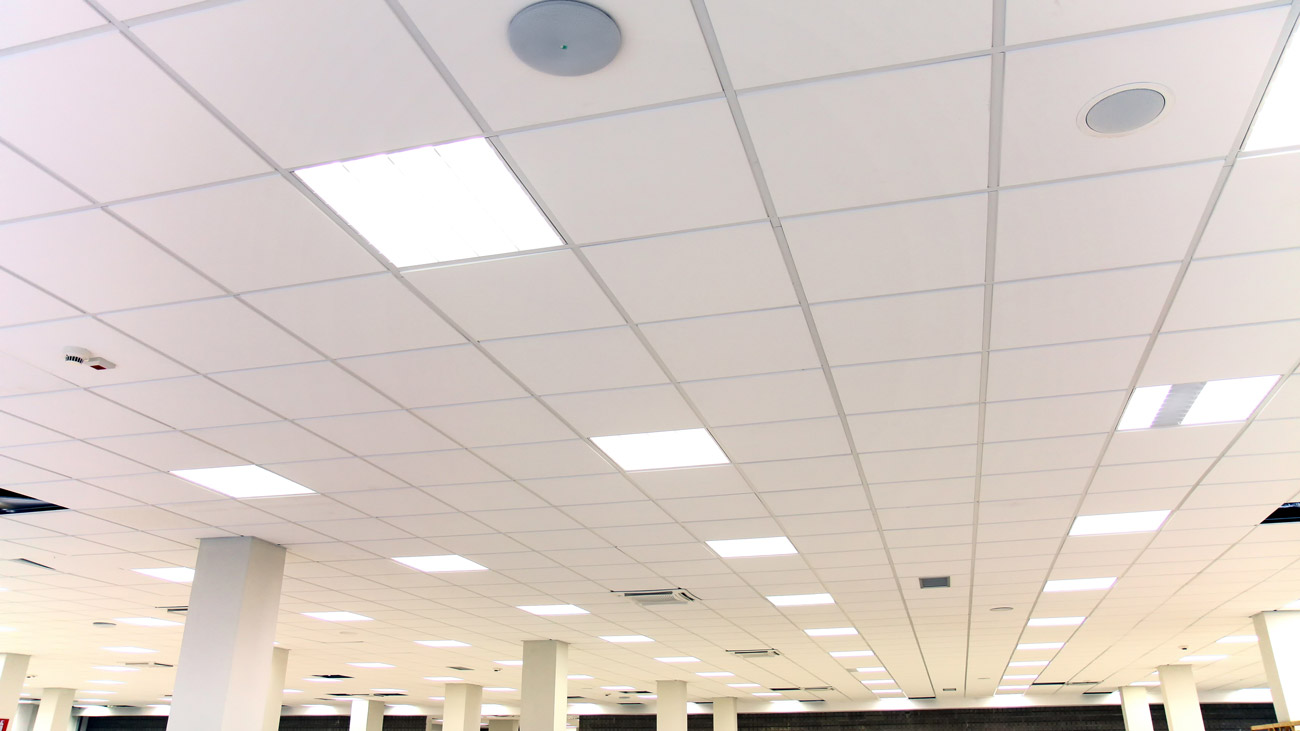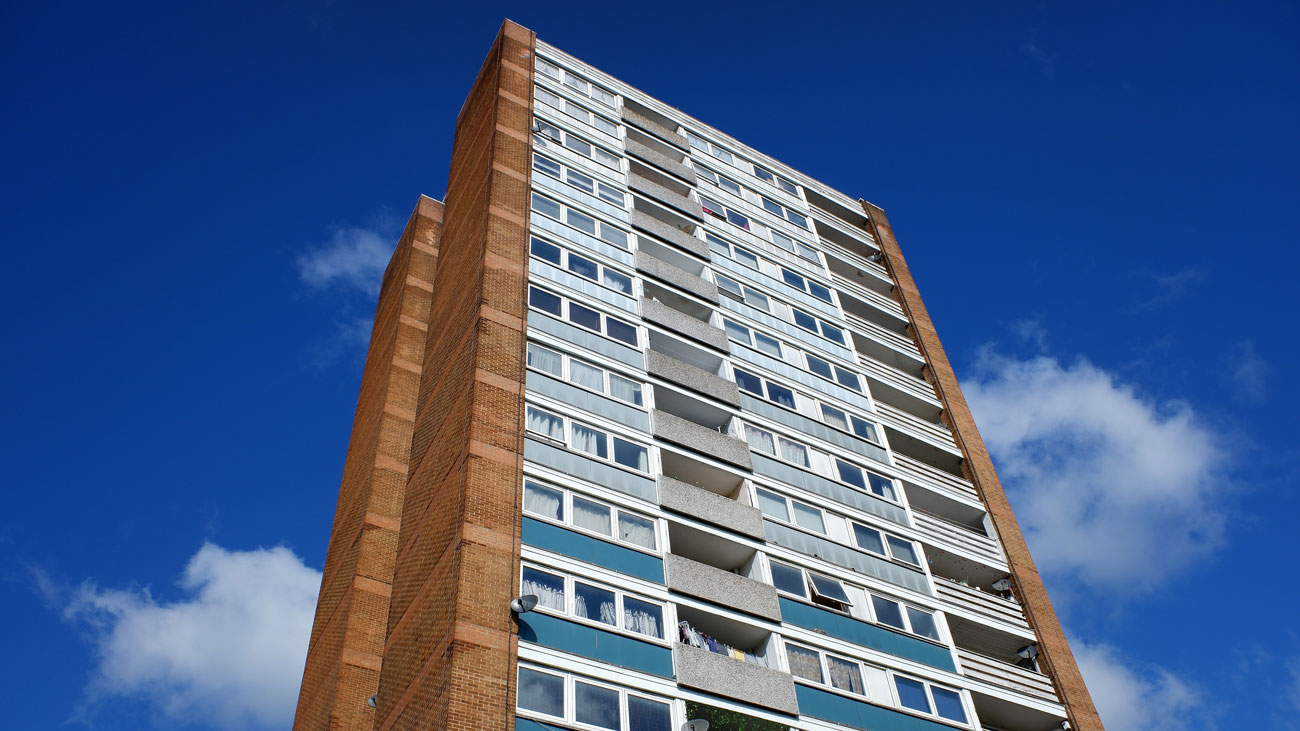
Building materials: nothing lasts forever
Everything has a lifespan. Buildings and structures are designed to have an approximate lifespan before the components begin to deteriorate or decompose. Health and safety trainer with International Workplace, Claire Deacon PhD, discusses the steps building owners and managers should be taking to ensure the safety of building users in cases where hazardous materials are identified.
The cause of a roof collapsing at the Singlewell Primary School in Gravesend, Kent in July 2018 was identified as the collapse of a reinforced autoclaved aerated concrete (RAAC) wall. RAAC is not new and has been used in school buildings since the mid-1950s. The use of RAAC structures was stopped in 1996 after a number of walls identified as RAAC had cracked and experienced excessive deflection. Since the Singlewell collapse there have been a number of further collapses, some injuring pupils and teachers. Various government departments have instructed building owners to check the structures, but the matter has since escalated with more than 100 schools now noted as being at critical risk and certain parts of school premises out of use. RAAC has a lifespan of approximately 30 years, and any structure still containing RAAC components has clearly exceeded its sell-by date.
These recent reports of RAAC, the rise in legionella cases, the introduction of new Fire Safety Regulations, as well as recent reports of asbestos found in buildings should serve as a reminder that there is work to be done. Commercial building owners and those who are responsible for facilities, including building maintenance, need to be reminded of the need to ensure suitable and sufficient property risk management. Inspections need to be carried out by a professional, who can give advice and put programmes in place to ensure conformance.
Clearly not everyone who manages or owns buildings knows how to treat the problem. Competent structural engineers and professionals should be used to identify and determine the integrity and ongoing safety of a particular structure.
What is the duty?
All commercial building owners in the United Kingdom have duties under the Health and Safety at Work etc. Act 1974, which extends to a wide range of risks such as legionella bacteria, asbestos, fire safety and many other hazards that may arise from the building fabric and its work activities. Thus a proactive approach is always strongly advised to reduce risk. Actions should include regular inspections and maintenance. Failure to do so would be a failure to meet basic health and safety obligations. Not taking action could lead to a risk of prosecution for non-compliance with statutory legislation.
What next?
Effective risk prevention starts with properly understanding the risks. Responsible persons must identify any sources of risk, e.g. fire hazards in a premises and/or materials containing RAAC, or indeed any hazardous material such as asbestos.
Where the presence of any hazards exists, the responsible person must detail a range of information, namely:
- What amount is present, where it is and what condition it is in. An up-to-date record of the location and condition of these materials should be kept.
- An assessment of the risk of anyone being exposed to risk.
- An evaluation of all existing arrangements and reasonable steps taken to eliminate, reduce and sufficiently control any foreseeable hazards.
Following the record of the hazards, there are a number of further steps that need to be taken. One should never assume that anyone working in an area that contains such material will know or identify their risk. Nor should they have to.
Further steps any landlord or property owner should take as a matter of due diligence include:
- Develop management plans of all locations and information from a competent person.
- Provide information on the location and condition of the materials to anyone who is liable to work on or disturb them.
- Periodically review and monitor the plan so that all information remains relevant and up to date.
Parents and governing bodies of schools should further interrogate school management to determine if their children are at risk. Like workers who should not go to work to die, neither should our children.





